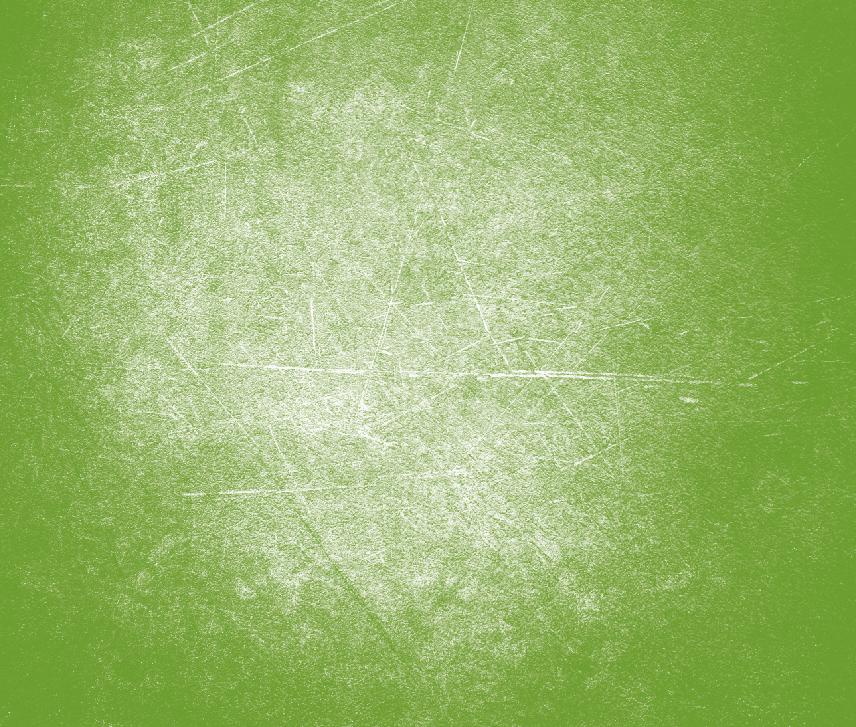
5 minute read
Customary Fisheries Report
ŌHIWA MUSSEL RESTORATION THROUGH MĀTAURANGA MĀORI
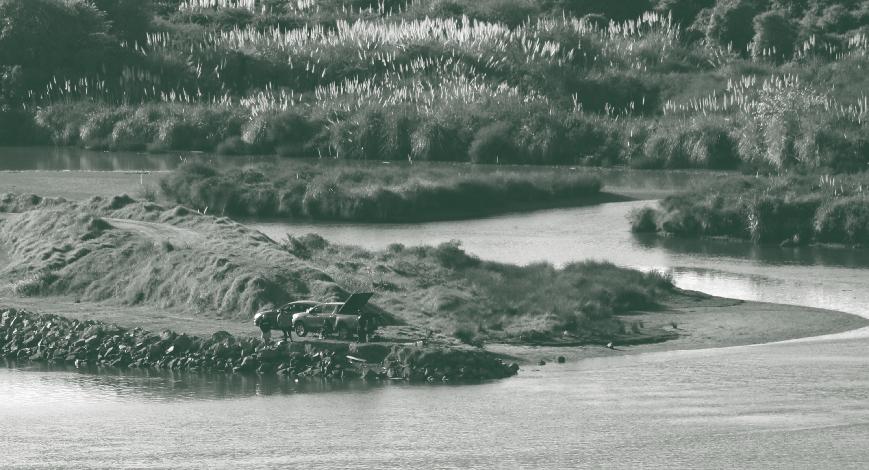
Advertisement
The Awhi Mai Awhi Atu project, led by Dr Kura Paul-Burke, is once again using mātauranga Māori (knowledge) to progress the restoration of the Ōhiwa Harbour mussels or kuku. During the previous Mussel Restoration Trial 2018 to 2020 the researchers, in collaboration with local hapū, had already successfully experimented with cages made from pirita (supple jack) and mānuka to protect mussels from seastars. Spat lines that were installed to catch mussel spat were very successful. Usually these mussel spat lines are predominantly made of plastic. At Ōhiwa, however, the practicality of using natural fibre lines to help restore kuku/mussel beds is currently being investigated. At a wānanga in August, renowned expert weaver Roka Ngarimu-Cameron from Hawai and her students engaged in weaving lines from natural fibres. Lines from harakeke (flax), tī kouka (cabbage tree) and kiekie were already woven and deployed into the harbour last year. The trial showed that tī kouka lasted the longest, up to 5 months. No less than 2,000 kuku were counted per line, that’s about 50kg! This year’s lines are thicker and bushier to hopefully attach even more kuku. Different designs and compositions are used to see which lasts longest as well as turns out the highest yield. They have a core of pirita (supplejack) for strength with either tī kouka, pīngao (golden sand sedge) or neinei (Dracophyllum) woven around it.
The lines – with their kuku – eventually sink to the bottom and biodegrade, where the hope is that the kuku attach to the harbour floor as the foundation for a new bed. Kuku naturally grow together in clumps “as a whānau”, so the fact they fall together on the line is important.
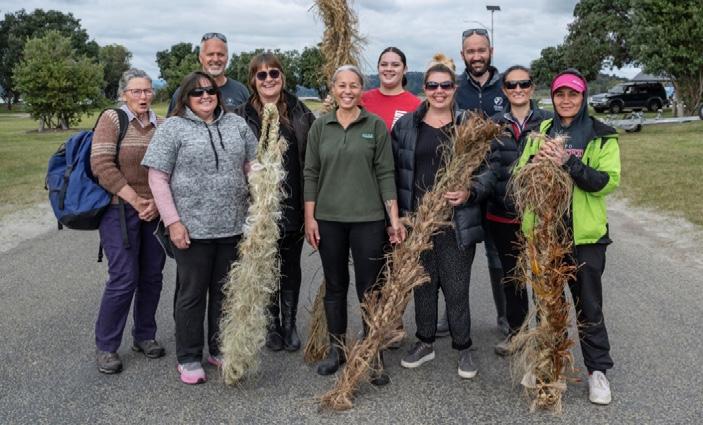
The Sustainable Seas Awhi Mai Awhi Atu marine research team and the Weavers from Te Whare Wananga o Aotearoa. Roka Ngarimu-Cameron, fourth from left, Kura Paul-Burke, fifth from left. In early September, the taura whiri kūtai (mussel spat lines) were installed in the harbour in line with maramataka, the lunar calendar, and biological spawning cycles of the wild Ōhiwa mussels. While there the research team discovered early signs of success – three earlystage kuku beds, all near the four restoration stations in the harbour where the first-generation lines were deployed this time last year. It is estimated approximately 8 million tonnes of plastic end up in the ocean every year. Using tī kouka leaves that have naturally fallen off the trees and other natural fibres that eventually biodegrade into the water column reduces microplastic pollution in the harbour, in kaimoana and therefore in ourselves. It shows how mātauranga Māori knowledge and resources provide exciting opportunities for the wellbeing of both people and the environment. A reminder comes from the Ministry of Primary Industries (MPI) to stick to the limits this summer. There are significant penalties for gathering excess pipi. MPI has invested in new signage around the Ōhiwa Harbour that details all the important fishing rules including for pipi and set nets. At the Ōhope and Ōhiwa boat ramps signs advise on the new recreational rules for rock lobster to correspond with a 60 percent cut in the commercial catch limit.
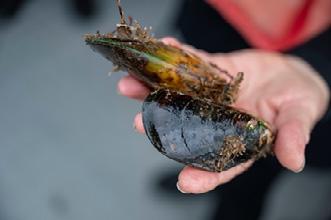
Kuku (mussels) from Ōhiwa Harbour
ODC BEACH BYLAW
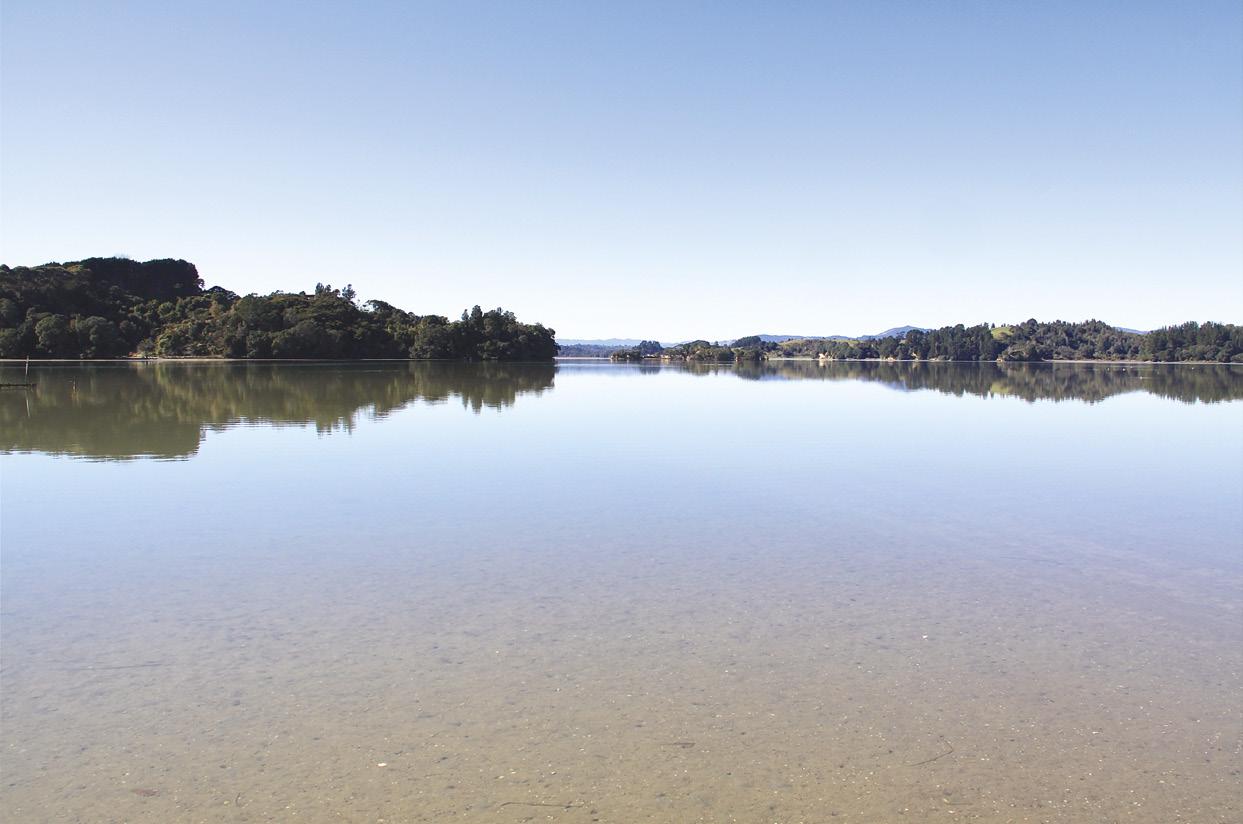
Ōpōtiki District Council have recently reviewed their bylaws, including the Beach Bylaw. Vehicles continue to be prohibited from the Ōhiwa Harbour mudflats and are now also prohibited from the Ōhiwa Spit from the Ōhiwa Beach Holiday Park eastwards. Two wheeled motorbikes are now prohibited from all beaches. The Council is asking people to report offenders (preferably with the vehicle number plate) either by phoning the council or by reporting via the Antenno app. This is free to download and allows you to make a real time report and to attach photos. Please make use of it! Appropriate signage will be installed soon. Dogs should also be on a leash around a number of signed dotterel nesting sites. Better signage, bollards and a media blitz last summer appear to have made a significant difference to the number of vehicles on the Ōhope Spit.
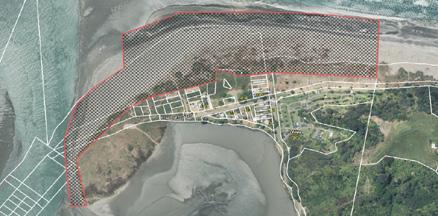
Map showing the vehicle prohibited area at Ōhiwa Spit. Note that vehicles are prohibited from all harbour mudflats.
Pataka Kai
He aha te Pātaka kai? Ko te Pātaka Kai he āwhina ki te marae i te wā he tangihanga ka tae atu ki te marae.
Initially the pātaka kai provision was fish only with meat being added a couple of years later. Aotearoa Fisheries Limited (now Moana NZ) would send 2 x 10kgs boxes of fillets to the marae when the call went out. Obviously, this wasn’t the most proficient way of doing things but it was early days and we were finding our feet.
Today, three dedicated freezers at the runanga store 10kg boxes of fish fillets and 5kg packets of meat ready to ship out to the marae for tangihanga. From the beginning in 2011 the pātaka system has provided over 11 tonnes of fish and meat to Ngāti Awa Tangihanga. However, costs continue to be a mitigating factor in our pataka provision. Through our commercial interests in Moana NZ we have access to processed fish that is filleted and packaged. Our ACE and quota transaction dividend paid by Moana NZ reflect bottom line costs associated with pātaka fish that aren’t fully recognised but can be significant. THE USE OF CUSTOMARY PERMITS TO PROVIDE PATAKA FISH.
The use of Customary Permits to allow us to catch, land, store and distribute pataka fish is not new. Taranaki iwi have been using this system for a number of years. Theirs is one example. There are others. However, the task entails cooperation and collaboration from many quarters. Ngāti Awa, along with some of our iwi partners have banded together to seek to progress the use of Customary Permits for Pataka kai provision. This is a work in progress.









